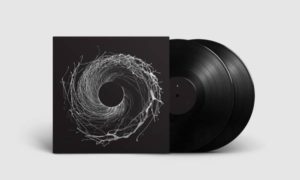Das Trio aus Brooklyn ist aus dem Tagesgeschäft verschwunden. Als wäre ihr Label ein Omen, veröffentlichten Dawn of Midi 2013 auf „Erased Tapes“ ein Bach- und Satie-befreites Meisterwerk, das den Namen verdient. Was war passiert – hatten sie alles gesagt, und keine Lust, ihre Musik live zu reproduzieren? Die Kompositionen auf Dysnomia waren zwar streng komponiert, aber durchweg Entfesselungskunst. Ein postminimalistisches, akustisches Trio: Piano, Bass, Schlagwerk. Während das präzise Uhrwerk die Zeit abspulte, Metrum für Metrum, blieb die Musik auf wundersame Weise elastisch. Dawn of Midi machten es anders als Nik Bärtschs Ronin oder The Necks. Sie fanden den dritten Weg, Elemente von Techno (und anderen Tranceinduktionen der Musikhistorie) zu assimilieren. Ein einziges Solo, und man hätte das, was da ein Pakistaner, ein Inder und ein Marokkaner anstellten, Jazz nennen können. Das Solo gab es nicht. Möglich, dass alle Drei im Hauptberuf Mathematiker sind – Aakaash Israni, Amino Belyamani und Qasim Naqvi kreierten jedenfalls eine raumgreifende Leere, in der viel Fussfreiheit herrschte. Wovon träumen Roboter auf dem Tanzboden?
